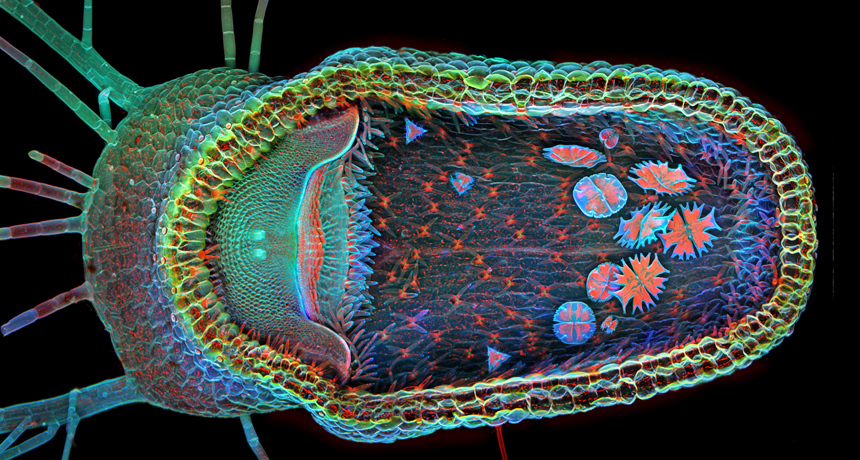Bladderwort opens wide

BIG MOUTH The trap of this carnivorous bladderwort is only 1.5 millimeters long, but under a microscope it looks much more menacing.
I. Siwanowicz/HHMI Janelia Farm Research Campus

BIG MOUTH The trap of this carnivorous bladderwort is only 1.5 millimeters long, but under a microscope it looks much more menacing.
I. Siwanowicz/HHMI Janelia Farm Research Campus